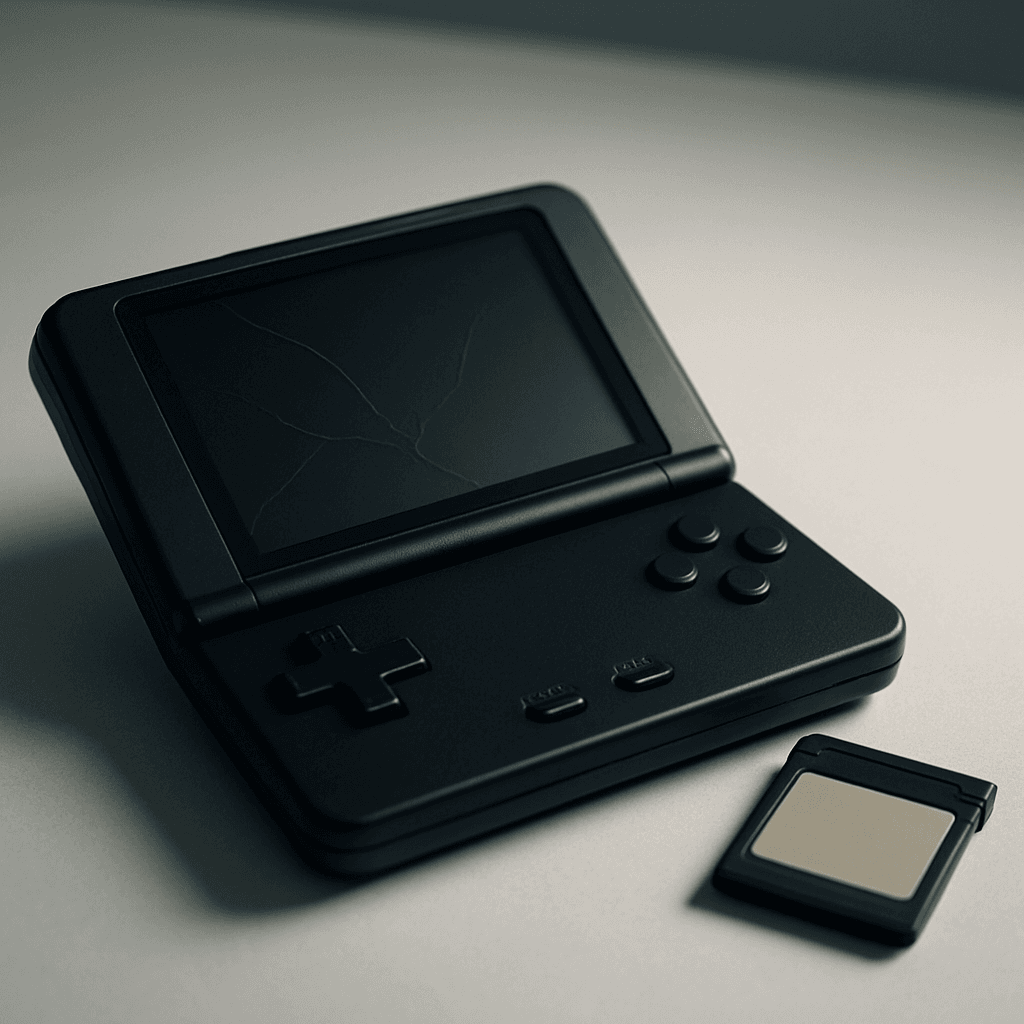My Arcade's new Atari Gamestation Go promised to be the ultimate retro gaming handheld, but WIRED's review reveals a fundamental flaw that undermines the entire $200 device. Despite packing hundreds of classic titles, the handheld completely fails to run any Atari 7800 games - a critical oversight that exposes how budget manufacturing can torpedo even the most nostalgic gaming concepts.
My Arcade just learned the hard way that nostalgia doesn't excuse broken hardware. The company's new Atari Gamestation Go handheld, which should have been a love letter to classic gaming, instead becomes a cautionary tale about rushing retro products to market.
WIRED's Matt Kamen discovered the device's fatal flaw during his review - none of the advertised Atari 7800 games actually work. "Select any of the games from that platform, and you're met with a slight audio pause and a flicker of the menu screen, but nothing else," Kamen writes in his detailed review. Even a factory reset couldn't resurrect the dead game library.
This isn't just a minor glitch - it's a complete system failure that undermines the device's core value proposition. The Gamestation Go markets itself as the definitive Atari experience, but when an entire console generation simply won't boot, you're left with expensive disappointment.
The irony runs deeper when you consider what does work. My Arcade managed to cram over 200 games into this handheld, including titles from defunct publisher Jaleco and specialty label Piko Interactive. There are even five modern Atari Recharged titles that typically sell for $10 each on other platforms. "It's an absolute gift for games preservation," Kamen notes, praising the variety that lets players see how classics like Centipede evolved across different systems.
But that preservation mission falls apart when key pieces of gaming history simply refuse to load. The 7800 represented a crucial bridge in Atari's evolution, and its complete absence from a device bearing the company's name feels like historical revisionism through technical incompetence.
My Arcade has built its business on nostalgic hardware, but this latest stumble highlights the challenges facing retro gaming manufacturers. These aren't just toys - they're cultural artifacts that need to work flawlessly to justify their existence. When you're asking consumers to pay premium prices for decades-old games, the hardware better deliver on its promises.
The gaming preservation community has been particularly vocal about quality control in retro hardware. Unlike emulation on modern devices, these dedicated handhelds often represent the only legal way to experience certain games. When they fail, entire gaming libraries effectively disappear from consumer access.



